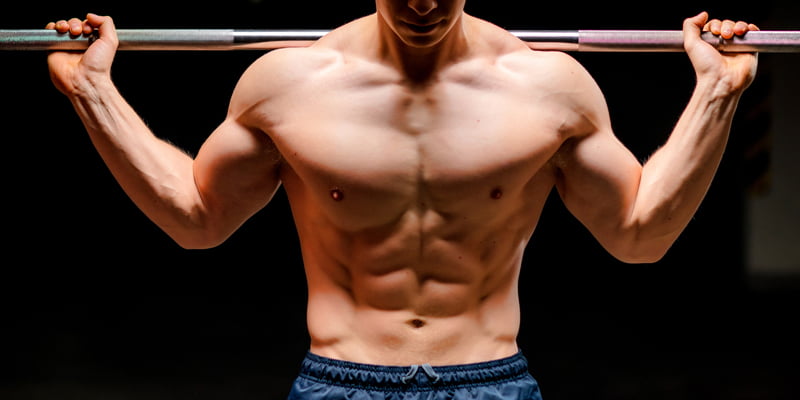The great thing about fasting intermittently is that you will save yourself the muscle loss that is very likely to happen if you have a calorie-restricted diet.
It would help if you remembered that weight loss is apparent in muscle and fat loss without exercise. This means a dip in your metabolism’s effectiveness in burning stored fat and calories. When you lift weights, this is not as prevalent.
Studies have shown muscle and no muscle loss when on intermittent fasting for several months. This is due to a few different factors, which we will touch on below.
Five ways to prevent muscle loss when intermittently fasting
One: Lifting weights more often, based on a properly designed program.
To keep gaining muscle during fasting, it’s important to ensure you are training properly and using the best exercises. Higher intensity is the key here, and shortening the fasting periods if you want to put on heaps of muscle. If you would prefer to stay your leans self, then by all means, extend your fasting periods and train.
Two: Make sure you are eating enough protein during the feeding window.
Muscle needs adequate stimulus from weights and fuel from protein sources. All of your meals should have some form of protein, animal or vegetable. You should intake 1.3–1.8g per kg of body weight. This will also help you to get leaner over time.
Three: Protein shake.
If you are within your eating window after training, try to consume a protein shake straight after. This very easy strategy will ensure you meet your daily protein quota.
Four: Focus on conditioning, not excessive cardio.
Too much cardio will deplete energy and encourage your body to burn muscle for fuel instead of fat. When fasting, weight training will allow you to lose body fat, gain muscle, and improve your body shape. Long durations of cardio will not be effective for you in the long run. Utilise your time well, and train with weights instead.
Five: When training in a fasted state, use some amino acids such as BCAA.
These are key in my training. They aid in muscle growth and recovery and give me more strength and energy to power through my workouts. Try them out and see what they can do for you.
We can conclude that muscle loss depends on how you train, how much protein you eat and what kind of exercise you do. It makes sense then to implement changes on those factors to prevent muscle loss when exercising or stop muscle being used as fuel because calorie consumption is low. People do tend to respond in different ways when it comes to fasting. The most effective way to discover what it can do for you is to use trial and error along your journey.
Please help support all the wonderful writers on this platform by subscribing to Medium here. It helps to encourage writers like myself who want to make a positive difference in people’s lives.
You can also follow me on YouTube for the latest, science-backed research on health, weight and weight training, and an endless supply of healthy recipes.
You may also like to download my FREE Fat Loss Recipe book.
I appreciate your support.

2 Comments